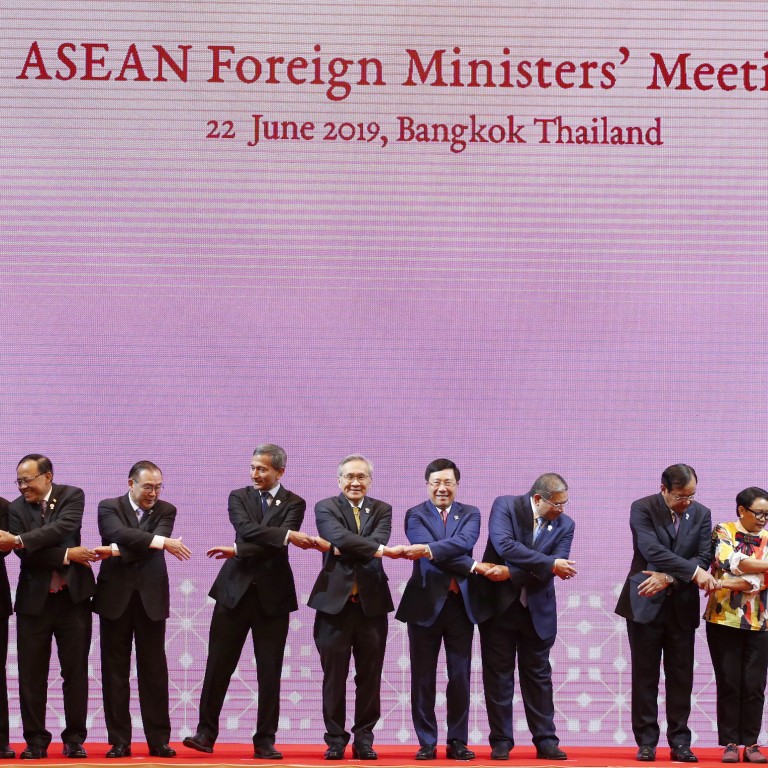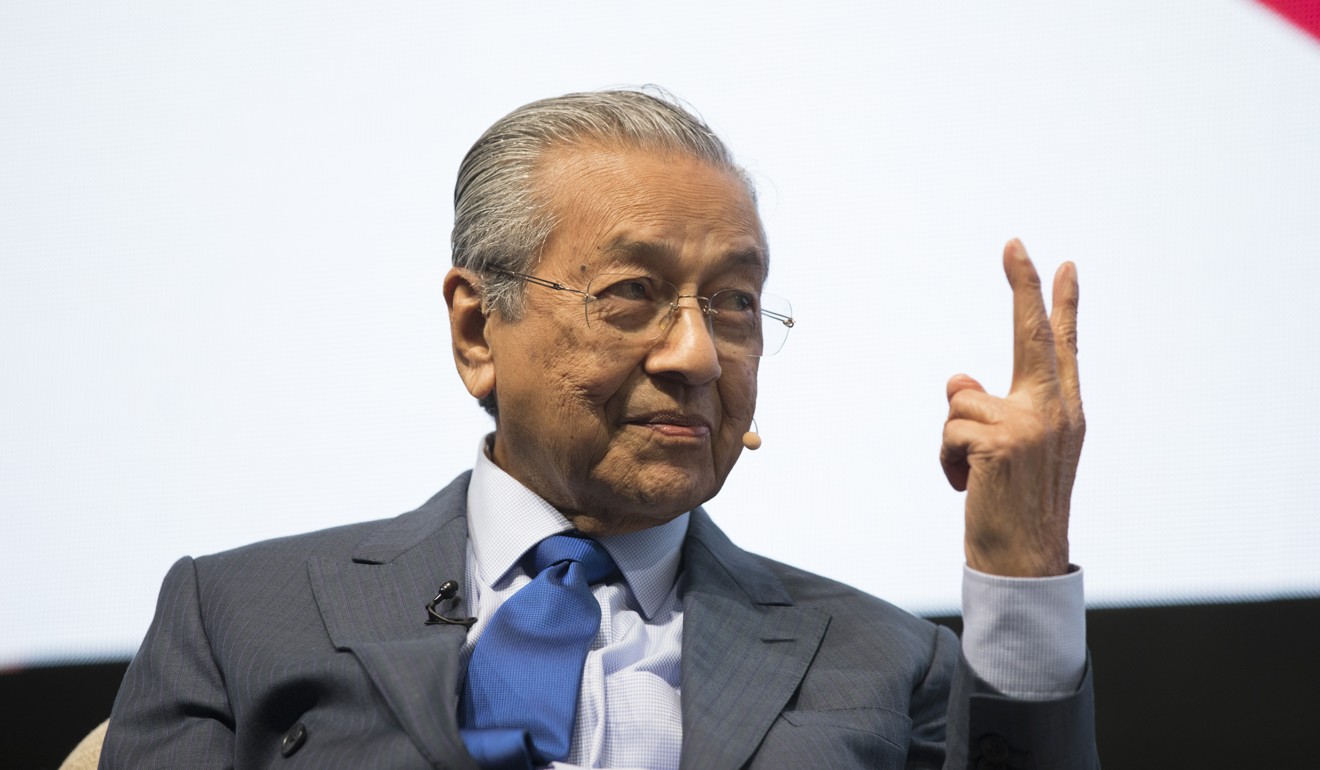
Southeast Asian leaders show support for China-led Regional Comprehensive Economic Partnership
- Region’s chiefs keen to hasten signing of commercial deal that covers half the world’s population
- Progress has stuttered in recent months with India digging in over fears cheap Chinese goods could flood its massive consumer market
Southeast Asian leaders gathered in Bangkok on Saturday determined to drive forward the world’s largest commercial pact, with the trade war between the United States and China clouding the outlook for their export-led economies.
Disputes in the flashpoint South China Sea, Myanmar’s persecution of Rohingya Muslims and plastic pollution in the seas are also set to be discussed at the two-day Association of Southeast Asian Nations (Asean) summit, chaired by Thailand.
But trade will take centre stage with Asean leaders keen to hasten the signing of a China-drafted commercial deal covering about half the world’s population.

While tit-for-tat tariffs between the world’s two largest economies have seen some manufacturers flee China to safer Asean hubs, economists say the big picture for global growth is bleak.
The Regional Comprehensive Economic Partnership explained
In that context, “RCEP is key to increasing trade volume”, Thai government spokesman Werachon Sukondhapatipak said.
“The faster it gets implemented the better,” Martin Andanar, the Philippines’ communications secretary, said.
“Free trade is definitely what we need here in this region,” he said, adding that the US-China trade row had resulted in “the entire world catching a cold”.
Progress on the deal has stuttered in recent months with India digging in over fears cheap Chinese goods could flood its massive consumer market.
Australia and New Zealand have also raised concerns over a lack of labour and environmental safeguards.
The meat of the negotiations is expected to be got into later in the year, when trade envoys from all of the potential signatory countries assemble.

Asean is often criticised as a soft forum where diplomatic niceties often outweigh concrete action on pressing problems.
Malaysian leader Mahathir Mohamad on Friday raised the prospect of a joust with Myanmar over the Rohingya, the Muslim minority driven in massive numbers into Bangladesh by waves of concussive violence.
“We hope something can be done to stop the oppression,” he said.
Myanmar’s Aung San Suu Kyi will attend the summit.
The bloc is set to agree on a statement to “prevent and significantly reduce” marine debris – including plastic – across the region, according to a draft text seen by AFP.

.png?itok=arIb17P0)